As June unfolds in subtropical Australia, the days grow shorter and cooler, heralding the onset of winter (and the midst of our Cool Dry Season). This transition provides a unique opportunity to plant and tend to your garden, ensuring it thrives through the colder months. Here's your comprehensive guide to what to do and plant in your organic vegetable garden during June, including tips for pest and disease control, as well as care instructions for your fruit trees.
Garden Preparation and Maintenance
Before diving into planting, a bit of garden preparation and maintenance is essential:
- Soil Care: Refresh garden beds by incorporating organic compost and well-rotted manure to replenish nutrients.
- Mulching: Apply a layer of organic mulch to retain soil moisture, suppress weeds, and provide a barrier against soil-borne diseases.
- Cleanup: Clean your tools and gardening equipment to prevent the spread of pathogens.
What to Plant in June
June is an excellent time to plant cool-season crops that will thrive in the subtropical cool dry winter:
- Leafy Greens: Sow seeds or transplant seedlings of spinach, kale, and various lettuce types. These greens flourish in cooler temperatures and can handle the mild winter climate.
- Root Vegetables: Carrots, beets, and radishes can be directly sown into prepared beds. These vegetables have relatively short growing periods and will do well in the cooler soil.
- Brassicas: Plant broccoli, cauliflower, and cabbage. These crops prefer cooler weather and will develop robust flavours as they grow.
- Peas: Sow peas directly into the ground. They will appreciate the cool, mild weather of late autumn and early winter.
- Herbs: Parsley, coriander, and dill can be sown now. These herbs thrive in cooler temperatures and will add fresh flavours to your winter dishes.
Water and Irrigation
As the climate cools, your watering needs will decrease, but maintaining adequate soil moisture is crucial, especially for new seedlings.
- Water deeply but less frequently to encourage strong root growth.
- Check soil moisture regularly — ensure it remains moist but not waterlogged or dry.
Pest and Disease Control
Winter brings different pest and disease challenges:
- Snails and Slugs: These pests thrive in cool, moist environments and can devastate young seedlings. Use organic bait or create barriers with eggshells or diatomaceous earth around your plants.
- Cabbage Moth: Watch for cabbage moth caterpillars on your brassicas. Use netting to protect your crops, or apply Bacillus thuringiensis (Bt), an organic bacterial spray, to control larvae populations.
- Powdery Mildew: This fungus can appear in cooler, humid conditions. Ensure good air circulation around plants and treat affected areas with a mixture of milk and water (1 part milk to 9 parts water) sprayed onto the foliage.
Fruit Trees: Winter Care and Planting Tips
June is the time we give our fruit trees a little bit of extra care (particularly before the Winter Solstice). Here's how to keep them healthy and productive:
- Pruning: Winter is a great time to prune deciduous fruit trees such as peaches, nectarines, and plums. Remove dead or diseased wood, and shape the tree to allow good air circulation and sunlight penetration.
- Mulching: Apply a thick layer of organic mulch around the base of fruit trees to conserve moisture, regulate soil temperature, and suppress weeds. Keep the mulch away from the trunk to prevent rot.
- Feeding: Although growth slows in winter, applying a balanced organic fertiliser or compost around the drip line can provide essential nutrients for the coming spring.
- Planting New Trees: June is an ideal time to plant deciduous fruit trees. Ensure the planting site has good drainage and plenty of sunlight. Dig a hole twice the size of the root ball, place the tree, and backfill with a mixture of soil and compost.
- Citrus Care: Citrus trees, which are evergreen, benefit from a little extra care during winter. Protect young trees from frost by covering them with a frost cloth on cold nights. Continue to water them deeply but less frequently.
Planning for Harvest and Beyond
June is also a great time to plan for future harvests:
- Succession Planting: Plan for continuous harvests by planting new batches of crops every few weeks.
- Companion Planting: Enhance garden health and reduce pest issues by planting compatible plants together. For example, plant marigolds to deter beetles and nasturtiums to ward off aphids.
Gardening in subtropical Australia in June can be incredibly rewarding. With cooler weather, reduced pest pressure, and the opportunity to grow a variety of crops, you can enjoy your garden’s bounty and prepare for a successful winter harvest. Remember, the key to a thriving organic garden lies in proactive planning, regular maintenance, and adopting sustainable practices that enhance biodiversity and ecological balance in your garden. Happy gardening!


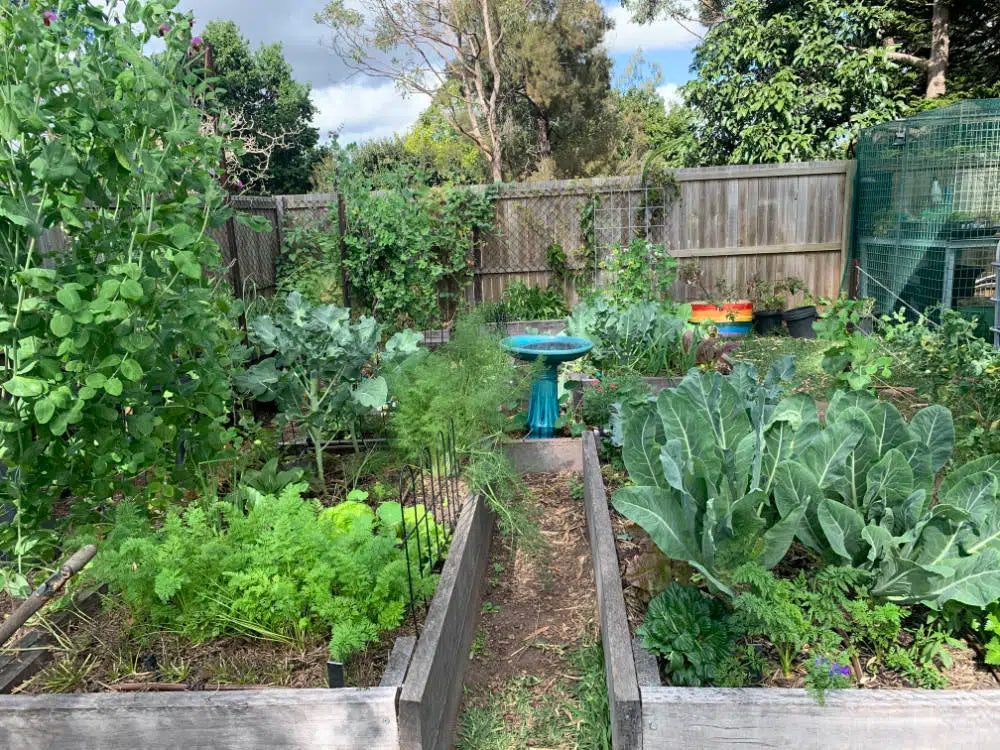
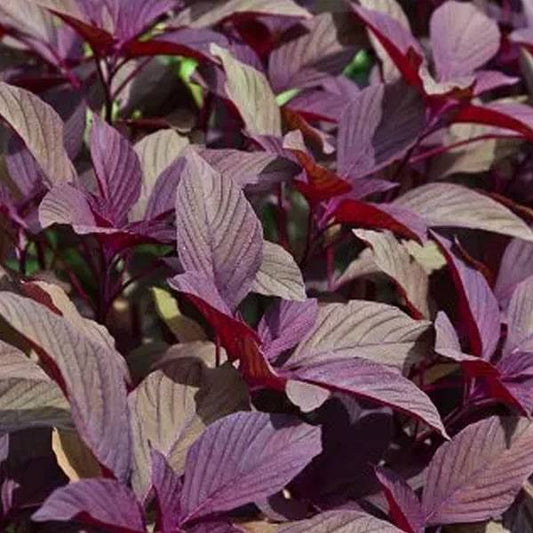

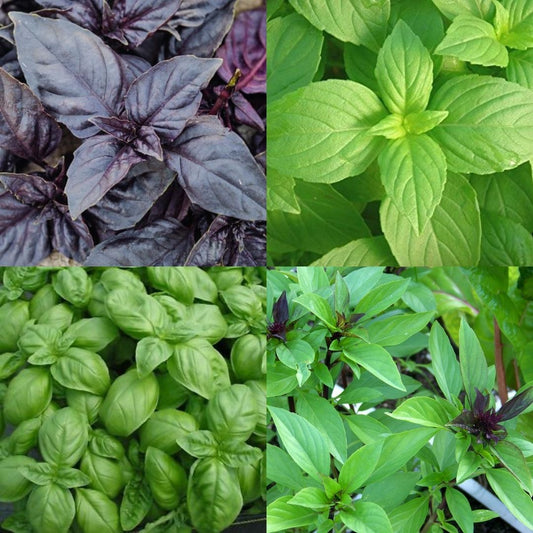
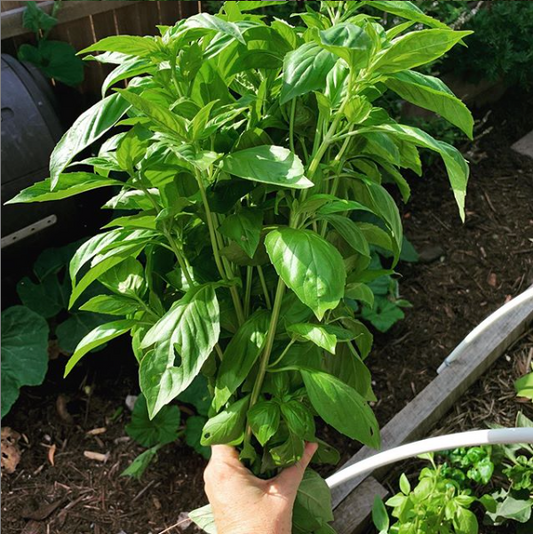
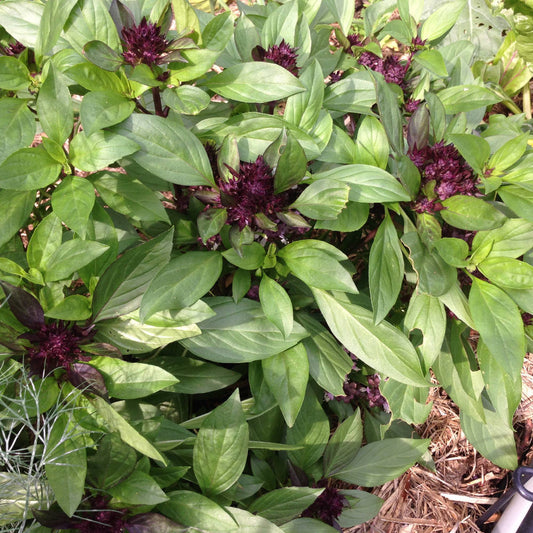
1 comment
Hi
Can you please tell me if either the strike or Royal Burgundy bush beans need staking? Any tips on in reading yields as well. Thank you